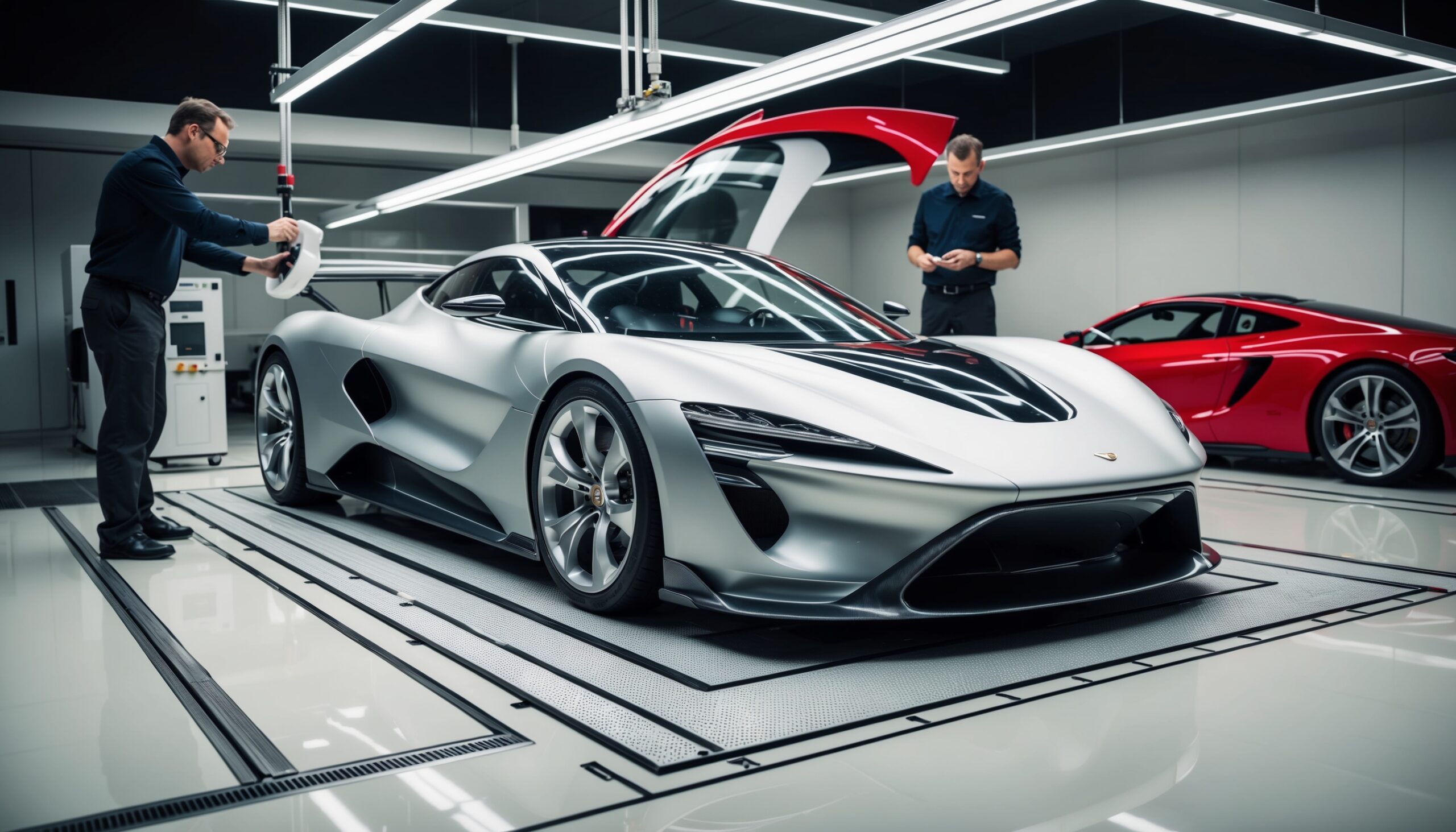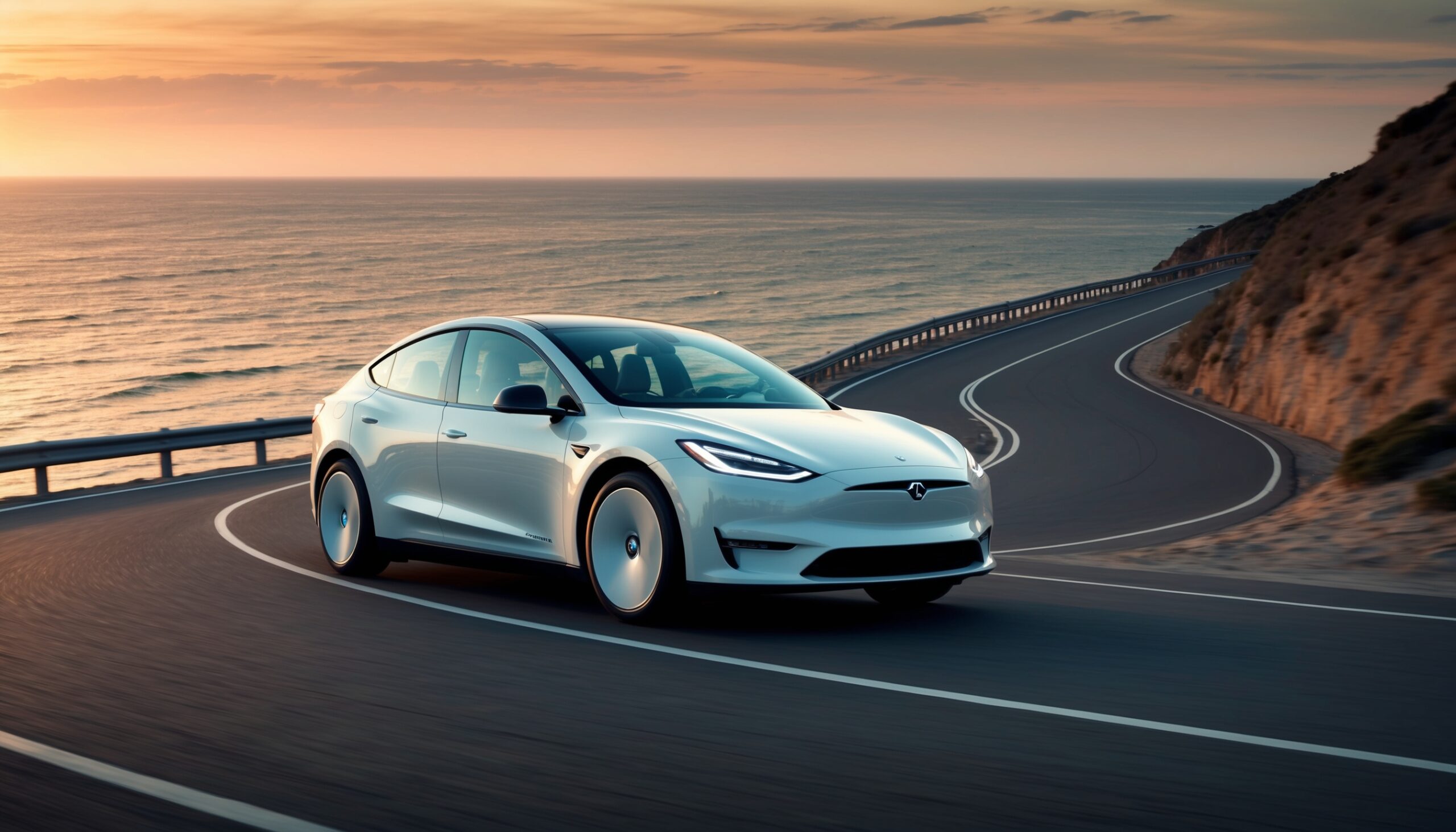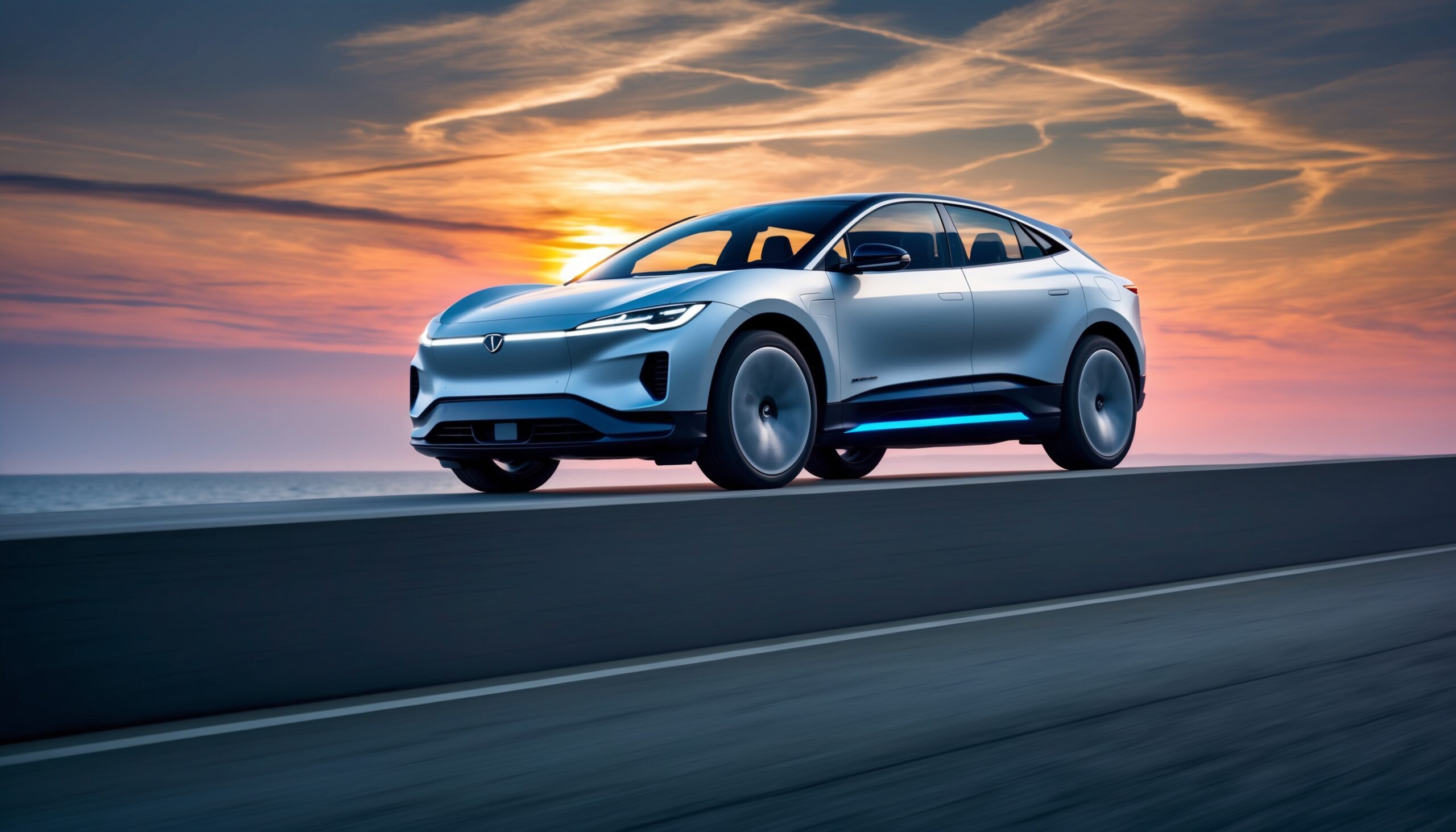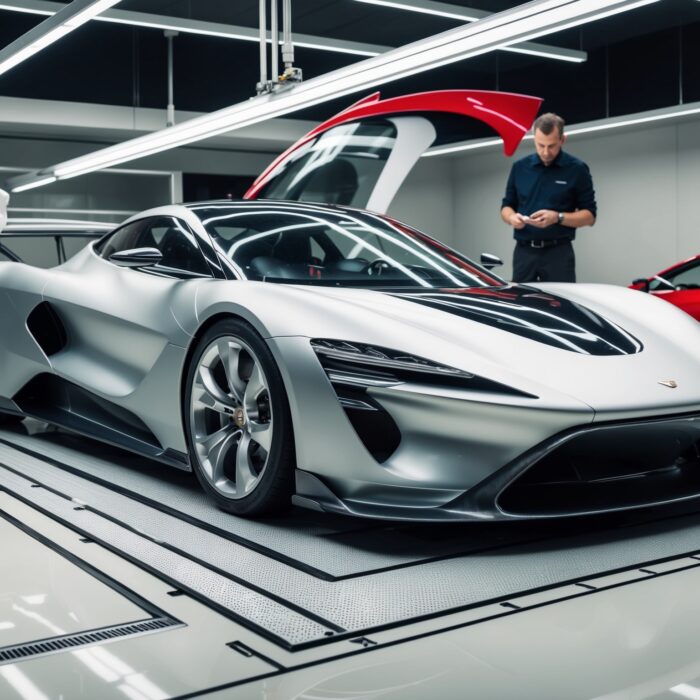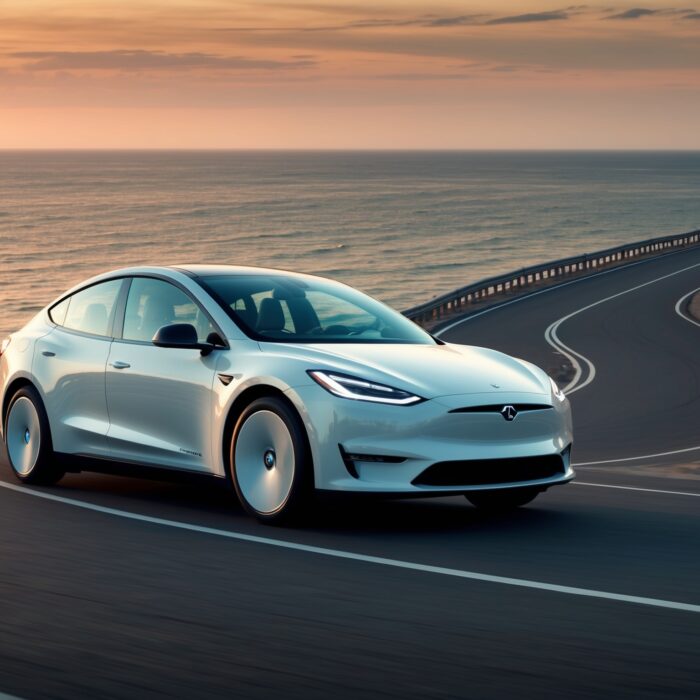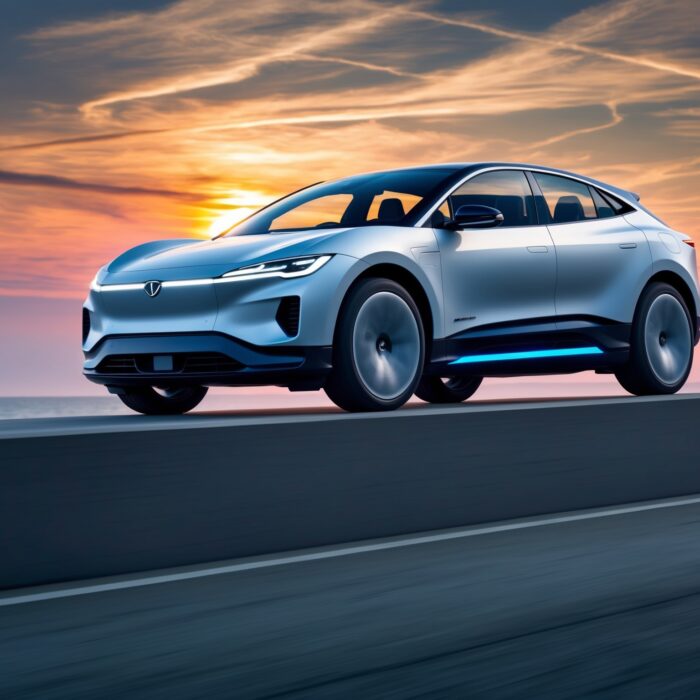How 3D Printing is Accelerating Automotive Prototyping and Parts Supply
In the world of automotive engineering, innovation is the name of the game. From sleek designs to high-performance engines, every detail matters. But what happens when you need a prototype or a specific part? Traditionally, this process could take weeks or even months, leading to delays that could cost manufacturers time and money. Enter 3D printing—a technology that’s revolutionizing the way we think about automotive prototyping and parts supply. Here at Torque Feed, we’re excited to dive into how this cutting-edge method is reshaping the automotive landscape!
Also Read: Private Equity and M&A Activity Reshaping the Automotive Parts Market
The Basics of 3D Printing in Automotive
Before we dive deep into the nitty-gritty, let’s clarify what we mean by 3D printing. This technology, also known as additive manufacturing, involves creating three-dimensional objects from a digital file. Layers of material are added one at a time until the final product is complete. Unlike traditional manufacturing methods, which often involve cutting away material, 3D printing builds objects up, allowing for greater design flexibility and efficiency.
Why 3D Printing Matters
So, why is 3D printing particularly beneficial for the automotive industry? The answer lies in its ability to streamline the prototyping process and create parts on demand. Here are a few key benefits that make 3D printing a game changer:
- Speed: Rapid prototyping allows engineers to create and test designs in a fraction of the time it would take using traditional methods.
- Cost-Effectiveness: Reduces the costs associated with tooling and material waste, making it more affordable for companies to innovate.
- Customization: 3D printing allows for highly customized parts tailored to specific needs, which is particularly valuable for high-performance vehicles.
- Reduced Weight: Parts can be designed to be lighter without compromising strength, enhancing vehicle performance.
The Prototyping Revolution
Let’s break down how 3D printing is changing the prototyping game. In the past, car manufacturers would create prototypes through subtractive methods like machining. This process involves creating molds or tooling, which is both time-consuming and costly. With 3D printing, engineers can design a part digitally and have it printed in just a matter of hours. This shift not only accelerates the development process but also allows for rapid iterations.
Iterative Design Process
With 3D printing, the iterative design process becomes much more streamlined. Designers can quickly produce multiple versions of a part, test them, and tweak the design based on performance feedback. This agility is crucial in the automotive industry, where consumer preferences and technology are constantly evolving.
From Concept to Reality
Imagine a scenario where a team is working on a new sports car. They have a concept in mind but need to test various components like the intake manifold or a custom bracket. Instead of waiting weeks for traditional parts to be manufactured, they can simply model the parts in CAD software and print them out overnight. This rapid turnaround allows for more effective testing and refinement of the design.
Parts Supply and the On-Demand Model
One of the most exciting applications of 3D printing in the automotive world is its impact on parts supply. Gone are the days of long waits for replacement parts or the need to keep a massive inventory of components. Here’s how 3D printing is making waves in the parts supply chain:
On-Demand Production
With the ability to print parts on demand, manufacturers can drastically reduce their inventory costs. Instead of stocking thousands of parts in a warehouse, they can store digital files and print parts as needed. This not only saves money but also reduces waste and the need for large storage spaces.
Improved Availability of Rare Parts
For classic car enthusiasts or those needing specialized parts, 3D printing opens up a world of possibilities. Imagine being able to replicate a rare component for a vintage vehicle that’s no longer in production. With the right measurements and a good digital model, 3D printing makes it feasible to create these parts without relying on scarce original manufacturers.
Real-World Applications of 3D Printing in Automotive
Let’s take a closer look at some real-world examples of how 3D printing is being utilized in the automotive sector. Many manufacturers are already reaping the benefits of this technology, pushing the boundaries of what’s possible in vehicle design and production.
Ford’s Innovative Approach
Ford has been at the forefront of 3D printing in the automotive industry. The company employs additive manufacturing to create everything from prototypes to production parts. For instance, they’ve developed an advanced 3D printing process that allows them to produce complex components like air ducts and engine covers. Not only does this save time, but it also enhances performance due to the optimized design capabilities of 3D printing.
General Motors and Customization
General Motors is also leveraging 3D printing to enhance customization options for their vehicles. By using additive manufacturing, they can offer customers the ability to personalize components, from dashboard elements to unique exterior trims. This approach not only enhances the customer experience but also allows GM to differentiate itself in a competitive market.
Also Read: New Federal Safety Standards for Vehicles Without Manual Controls
Local Motors and the World’s First 3D-Printed Car
Perhaps one of the most groundbreaking examples of 3D printing in automotive is Local Motors, which produced the world’s first 3D-printed car, the Strati. This vehicle was created entirely using 3D printing technology, showcasing the potential for rapid development and mass customization. The Strati is a prime example of how 3D printing can disrupt traditional automotive manufacturing processes.
Challenges and Considerations
While the advantages of 3D printing in the automotive industry are numerous, it’s essential to acknowledge the challenges that come with this technology. As with any game-changing innovation, there are a few hurdles to overcome:
Material Limitations
The range of materials suitable for 3D printing in automotive applications is still relatively limited compared to traditional manufacturing methods. While metals, plastics, and composites are widely used, the quest for stronger, lighter, and more durable materials continues. As research advances, we can expect to see more material options emerge, enhancing the capabilities of 3D printing.
Quality Control
Ensuring the quality and safety of 3D-printed parts is paramount in the automotive industry. Manufacturers must establish rigorous testing protocols to verify that components meet safety standards and perform as intended. This process can add time and complexity to the overall production timeline, but it’s crucial for maintaining consumer trust.
Intellectual Property Concerns
With the rise of digital file sharing, protecting intellectual property rights becomes a significant concern. Automakers need to consider how to safeguard their designs from unauthorized reproduction while still embracing the benefits of 3D printing. Developing secure systems for sharing and printing designs is essential for mitigating these risks.
The Future of 3D Printing in Automotive
The automotive industry is on the brink of a major transformation thanks to 3D printing. As technology continues to evolve, we can expect to see even more exciting applications and innovations. Here are a few trends to keep an eye on:
Integration with AI and Machine Learning
As artificial intelligence and machine learning technologies advance, they will likely play a significant role in the design and optimization of 3D-printed parts. AI can analyze performance data and suggest design changes, leading to even better performance and efficiency.
Sustainability Efforts
With growing concerns about the environmental impact of manufacturing, 3D printing offers a more sustainable alternative. By reducing material waste and enabling local production, this technology can help manufacturers minimize their carbon footprint. As the automotive industry continues to focus on sustainability, 3D printing will play a vital role in achieving these goals.
Wider Adoption by Smaller Manufacturers
As 3D printing technology becomes more accessible and affordable, we can anticipate that smaller manufacturers and custom shops will embrace it. This democratization of technology will lead to a more diverse automotive landscape, with unique designs and innovations coming from unexpected places.
Final Thoughts
The impact of 3D printing on the automotive industry is undeniable. From rapid prototyping to on-demand parts supply, this technology is reshaping how manufacturers approach design and production. As we continue to explore the possibilities of 3D printing, one thing is clear: the future of automotive engineering is bright, and we at Torque Feed are thrilled to witness this evolution! Whether you’re a gearhead, a designer, or simply an automotive enthusiast, keep your eyes peeled for the exciting advancements that lie ahead, as the fusion of technology and passion for cars continues to drive us forward.


